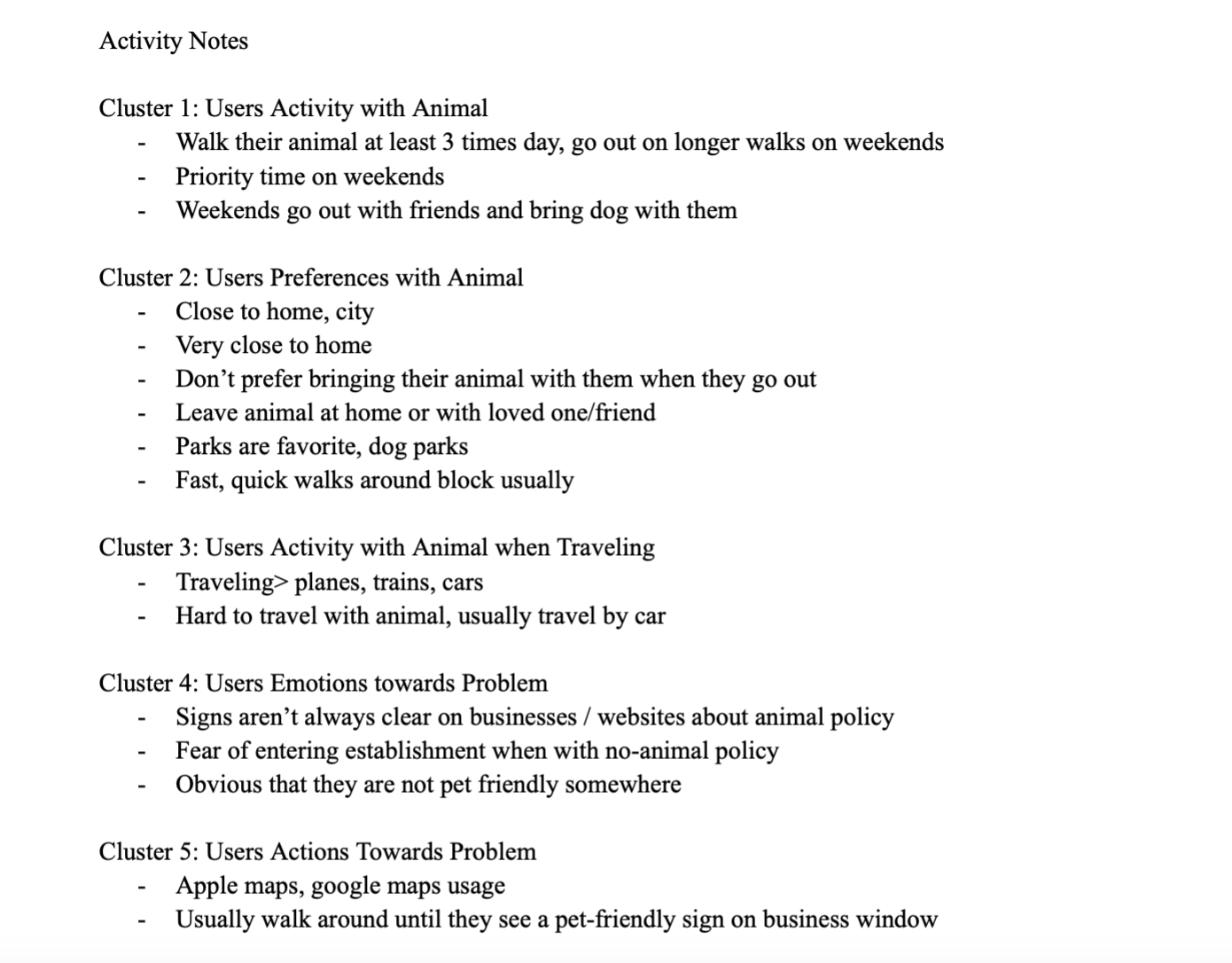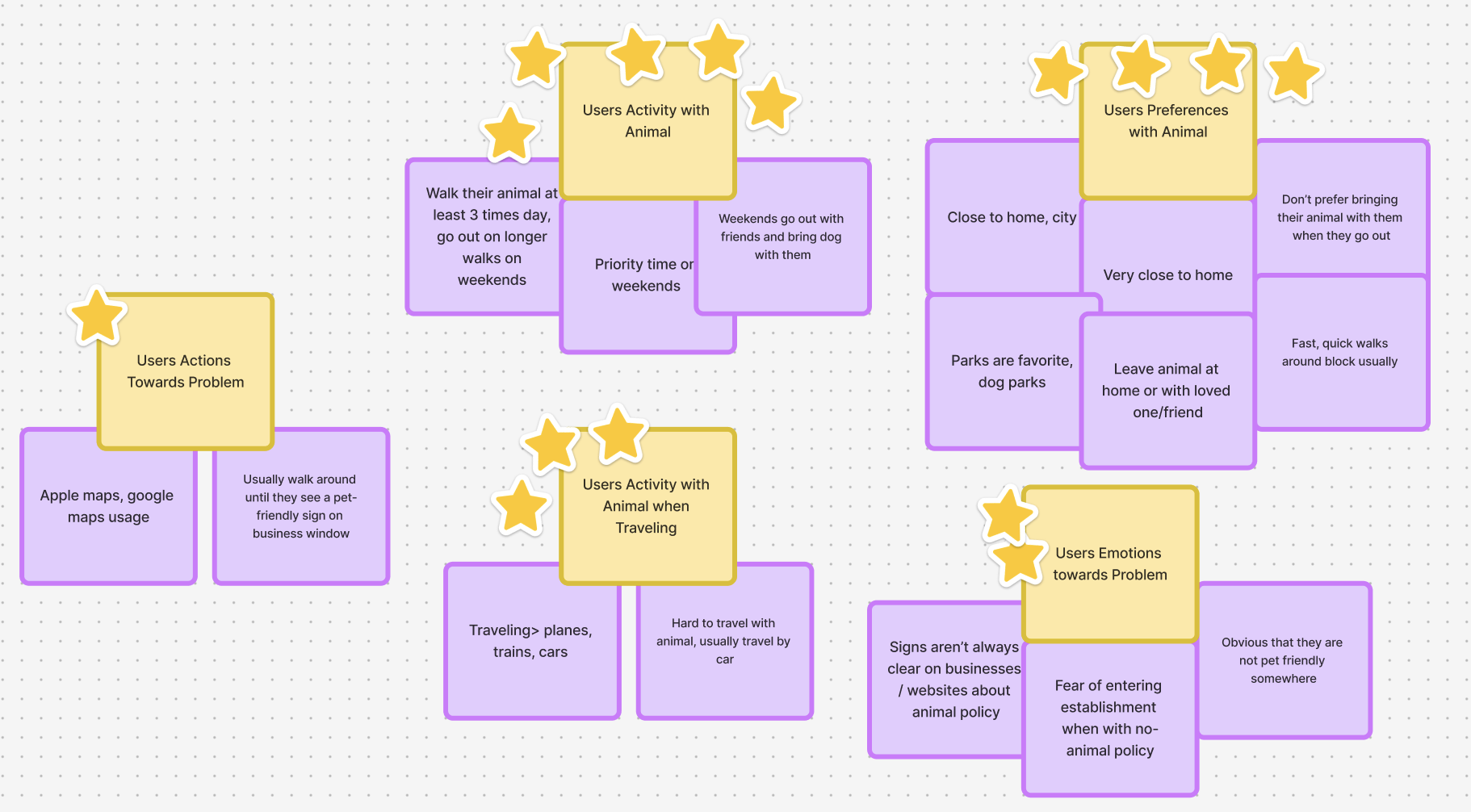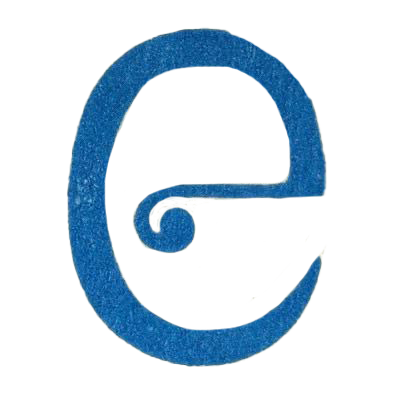Pet Friendly App Project
This is an ongoing project I am working on while taking Cornell University's User Experience Design certificate course. The project will help people who own pets or have a service animal locate, save, and recommend locations in their area or where they have visited that are pet-friendly. Below I have written down my journey when creating this application.
Stage 1 - Formulating an Innovative Concept
The first step of my project was formulating an innovative concept for an interactive technology to meet human needs. Then I was able to distinguish between good and bad design, for example I looked at Duolingo’s experience design versus Netflix’s “hover over” auto play design. I then learned how to evaluate usability and user experience by choosing the pointing device, and determining the usability metrics. For example, I took a look at different pointing devices like the touch pad.
I then worked on ideating a project to apply the Human-Centered Design Process. I looked at the user group of people who own pets and service animals. I determined their problem space- it is harder for these users to visit places with their animals because sometimes they are not pet-friendly. It can be hard to distinguish this and sometimes it is unclear online. I thought about the impact this technology would have on this user group, how it can help these owners find, save, and view recommendations from other owners in their area. I also thought about the feasibility of interviewing this user group, and I thought this user group was pretty large so it would not be difficult to find people for my study.
The final step was preparing a list of ethical consideration when interacting with the user group. I assessed confidentiality, risks, sensitivity of my questions to participants, language and literacy barriers, and ensuring voluntary participation. I considered how to make sure there was quality opportunity in recruitment, so I made sure to reach out primarily to strangers and from all different backgrounds. Something I learned was power relations, where I had to make plans to highlight the participants competence and minimize feelings of incompetence.
Stage 2- Planning and Conducting Research
The second step of my project was planning and conducting user research. I first developed a contextual interview plan by deterring the user group, the problem space, recruitment, location, duration, informed consent, data collection techniques, ethics, and materials I would be bringing with me. For recruitment I posted several posts on sites like Reddit to seek participants for my study. I also mass-emailed people in several groups, such as on my University campus and my community about my study. The flyer stated that I was seeking participants who own a pet/service animal for a 30 minute interview about your pet and your experiences for research. I also put on the flyer that it would help your city, and you would get a $10 gift card.
I moved onto developing the contextual interview protocol. I created a script for my introduction, my core questions, the tour, and closure. Some questions I asked were:
Can you tell me about your typical day when you are traveling with your animal?
How do you usually find locations/places that are animal-friendly?
What places do you like to go to the most with your animal?
What places do you like to go to the most with your animal?
Have you ever felt confused or disappointed when searching for locations that are animal-friendly?
How do you usually find locations/places that are animal-friendly?
I then conducted a contextual interview with five individuals. I collected raw data using my phone as a voice recorder and made session summaries for each participant. I took notes about each individual, such as the setting they chose to have the interview, the number of pets or service animals they own, their background, and notes about their animal. I made sure to list 3 main takeaways for each individual.
Part 3 - Analyzing User Research Data
The next step for me was analyzing contextual data. I prepared a set of activity notes from my audio recordings, organized these notes into clusters using an affinity diagramming activity, and then examine this diagram and extract insights based on the clusters I made.


The next step was to create a persona. When creating a persona, I listed out their demographics, skills, attitudes, beliefs, values, past experiences, life goals, end goals, experience goals, activities, successes, and frustrations. I then composed a narrative for the persona.
I then created user requirements for my design project. Here are some I created:
GPS Live Location of User. App will have the live location of the user on the application for users to easily find locations around them at that moment.
Accessible for People with Disabilities. It will provide clear instructions for people with impairment disabilities on how to make changes on the app that help them receive the information.
Saving Option. Users will be able to save their favorite locations in the app. Users can remember places they visited on the app, or places they wish to visit.
Connect with other Users. Users will be able to share their favorite locations and rate locations based on how accessible/pet friendly they were.
Step 4 - Developing a UX Design Concept
I am currently working on sketching to communicate my ideas for a design concept. Stay tuned for updates here.
